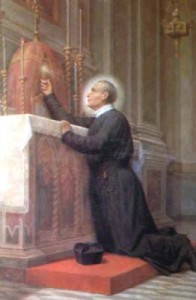
Saint Clement Mary Hofbauer
Image: TLDM
(Franciscan Media) Clement Hofbauer, was born the day after Christmas 1751 in Moravia Tasswitz (modern day Czech Republic) and was the 9th of 12 children–although he longed to enter the Priesthood, his family couldn’t afford it as his father died when he was just 6 yrs old according to SQPN.com and young Clement had to accept an apprenticeship to a Baker but God was guiding this young mans fortunes–finding work in the Bakery of a Monastery where he was permitted to attend classes in its Latin school.
After the Abbot at the Monastery passed away, Clement attempted to live the life in solitude and prayer but when Emperor Joseph II abolished monasteries and religious orders, Clement returned to Vienna and Baking.
One day after serving Mass at the Cathedral of St. Stephen, Clement called for a carriage for two ladies waiting in the rain, in conversation with them, they learned that Clement could not pursue his studies for the Priesthood because of a lack of funds–They generously offered to financially support him and his friend Thaddeus, in seminary studies.
Clement and Thaddeus went to Rome where they were drawn to St. Alphonsus and the Redemptorists and entered among them–the two young men were ordained in 1785
As new Priests, Fr. Clement Mary (as he was now called) and Fr. Thaddeus, were sent back to Vienna but religious difficulties persisted there, resulting them having to leave and go to Poland Warsaw, there they encountered many German speaking Catholics who had been left without Priests.
At first, they lived in extreme poverty and ministered outdoors, subsequently they were assigned to St. Benno Catholic Church and for the next 9 yrs they preached 5 sermons a day–two in German and three in Polish, converting many to Christianity. There they were also active in social work among the poor, founding an orphanage and then a school for boys.
Drawing new Parishioners to their congregation they were able to send Missionaries throughout Poland, Germany and Switzerland but all of these foundations had to be abandoned because of the political and religious tensions of the times.
After some 20 years of difficult work Fr. Clement Mary was imprisoned and later expelled from the country–Only after a subsequent arrest did he make it back to Vienna where he was to live and work for the remainder of his life.
Fr. Clement Mary soon became known as the ‘Apostle of Vienna’ hearing the confessions of the rich and poor alike, visiting the sick and establishing a Catholic college in his beloved city.
One of the most remarkable of the many figures behind the scenes at the Congress of Vienna was Fr. Clement Mary, helping to establish the Redemptorists following his death and as a consequence to this achievement, he was regarded by the Redemptorists as their second founder.
Fr. Clement Mary Hofbrauer, was Beatified in January, 1888 by Pope Leo XIII In May, 1909 he was Canonized by Pope Pius X and in 1914 was named the Patron Saint of Austria, Vienna.
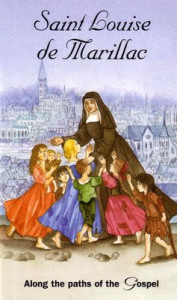
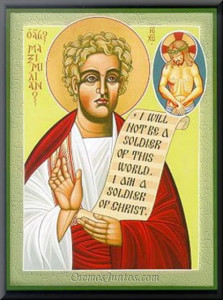
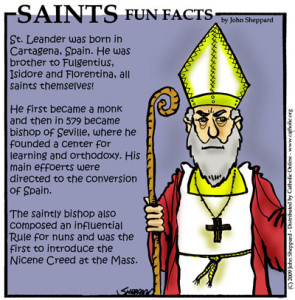
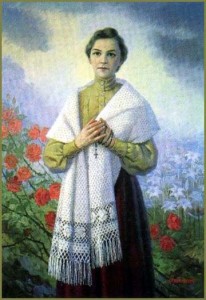
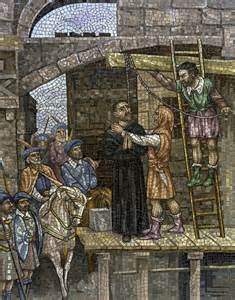
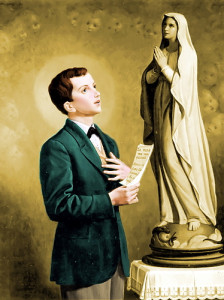
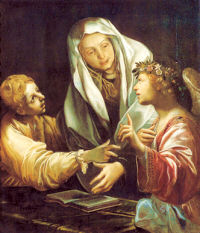
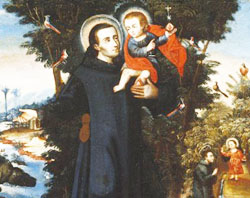
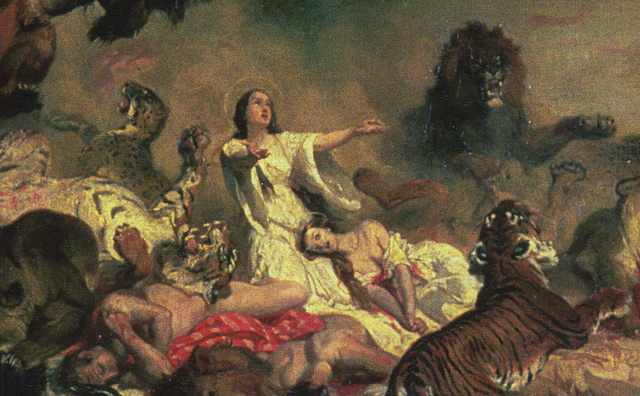 Martyrdom of Saints Perpetua & Felicity
Martyrdom of Saints Perpetua & Felicity